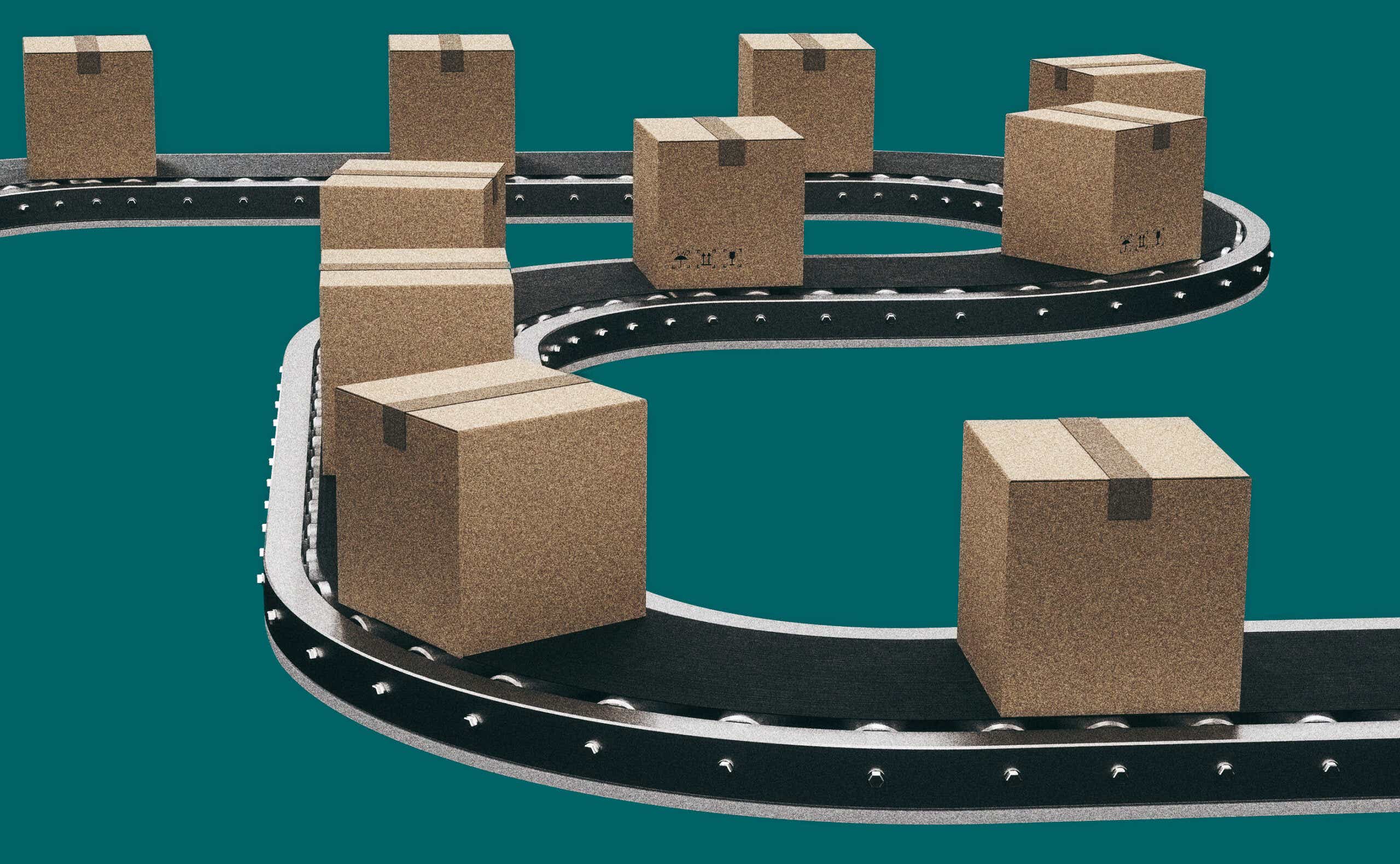Think back to the winter of 2021, when stores struggled to keep shelves stocked with everything from Xbox consoles to artificial Christmas trees. Three rounds of stimulus checks and the promise of new Covid-19 vaccines had primed consumers to go big for the holiday shopping season, but a gummed-up supply chain and a labor shortage left retailers scrambling to meet the soaring demand.
Now, the pendulum has swung the other way. Companies are stuck with too much stuff, their warehouses are full, and they’re taking some creative measures to get rid of that excess inventory, according to Mark Cohen, the director of retail studies at Columbia Business School.
Economists call this phenomenon the bullwhip effect. The term describes how businesses tend to react to a surge in demand by over-ordering to avoid shortages. That distortion gets passed along, and is typically amplified, at each step of the supply chain, creating inefficiencies like long wait times for products and the surplus we’re seeing now.
“Feast or famine issues with inventory aren’t new,” Cohen says. “But Covid was this all-encompassing disruption that just completely overwhelmed the world in a way that we haven’t experienced since World War II.”
In 2020, when the virus brought the world to a standstill, products weren’t being assembled and things weren’t being shipped. Consumers began to hoard as panic set in (which, as we all remember, led to the horrors of the toilet paper shortage). Demand for items like suits and formal wear dried up as people abandoned offices, while the need for things like cleaning supplies, home-gym equipment, and furniture surged.
Retailers went into hyperdrive to satisfy that shift, Cohen says. The big ones — like Walmart, Target, and Amazon — “loaded up their pipelines with incoming inventory, created an enormous expansion in physical space, and hired hundreds of thousands of people” to meet this unusual demand, he says.
But that frenzy has ended, and some companies are now feeling the sting of the bullwhip, industry expert Cathy Roberson explains.
“These retailers have come out and reported that they have too much inventory and not the right type of inventory on hand,” she tells KCM.
Walmart reported in May that its inventory increased about 33 percent as the company made aggressive purchases to keep shelves stocked. But some of that merchandise arrived late because supply lines are still being impacted by Covid-19 lockdowns in China, which have shut down major ports, CNBC reports. Target’s first-quarter earnings report looked similar, and Gap, which includes Old Navy, Gap, Banana Republic, and Athleta, said its inventory rose 34 percent.
“There’s probably 20 percent of [inventory], if you could just wish away and make it disappear, you would,” John Furner, the CEO and President of Walmart U.S., told analysts in June.
What does excess inventory at stores like Walmart and Target mean for shoppers?
Walmart, Target, and a slew of others have already slashed prices on some of their excess merchandise. And Roberson says she expects more sales to come over the next few months, especially for items like furniture, both because demand has dropped and because companies are running out of room to store these big, bulky items.
Some businesses are so concerned about storage that they’re even weighing a “returnless return” policy, CNN reports. Steve Rop, chief operating officer with goTRG, a firm that processes returned items for companies like Walmart, Amazon, and Lowe’s, tells CNN that because warehouses have reached capacity and there are all sorts of expenses associated with taking in returns, some of these retailers might just tell consumers to keep their purchase after issuing a refund.
Another avenue companies are taking is offloading massive amounts of their extra products to third-party discounters. Companies like TJX — which runs TJ Maxx, Marshalls, and HomeGoods — Ross, and Burlington are “having a field day,” Cohen says.
“They’ve got an absolute tsunami of available goods,” he says. And that means now’s the time to start picking through these bargain chains.
What does it mean for the holiday shopping season?
Cohen says to prepare for another holiday shortage, as we go through another “boom-bust cycle.”
“Retailers have tightened their belts and pulled the reins in and are paying attention to their inventory levels. They don’t want to create another crisis for themselves,” he says. Plus, the snags in the supply chain caused by the pandemic aren't likely to disappear anytime soon.
Lisa Anderson, a supply-chain management expert and the president of LMA Consulting Group, says if you’ve got the cash on hand now, “it’s not a bad idea to start your holiday shopping early this year.”













